Home | Literature | Writers | Stephen King

Analysis of “The Man Who Loved Flowers” by Stephen King Accomplishment Essay
- Updated March 27, 2023
- Pages 10 (2 293 words)
- Views 1,062
- Stephen King
- Any subject
- Within the deadline
- Without paying in advance
Stephen King might be known as one of the best horror and suspense authors in today’s society. His many literary works have caused controversy and most of his work has been transferred into film or in television. “The Man Who Loved Flowers” is a short story written by Stephen King about a young man who is cruising through the streets of New York. Captivated by the spring setting, everyone around him assumes that he is a man who is in love. However, when reminded of his one true love his obsessive behavior comes to light. Soon after the story takes a dark turn, bringing forth the Hammer Killer.
The man who everyone believed to be in love was indeed an obsessed serial killer . Stephen King sets the story in the 1960’s because he wants people to remember the era that is known for the civil rights movements and (as well as) people’s need for peace and love. This author has spoken about society’s need to exercise their primitive emotions, consequently horror is the outlet in which he chooses to exploit the readers emotional connections. King targets an audience that have a need to constantly experience uncomfortable situations and feelings.
Therefore, he assumes that anyone reading his stories have experienced or understand dark themes and topics. King utilizes pathos to convey his message; he uses vivid language to portray a woman who is repeatedly beaten to death to create emotional distress within the audience. The author uses literary devices such as symbolism, imagery, and foreshadowing to convince his audience that what they are reading is part of normal behavior.
“The Man Who Loved Flowers” is politically and socially relevant because of the time the story is set in. Although the story was written in the 1970s, Stephen King decided to focus his story during the 1960s. In this story, he makes historical references to “a little Asian country called Vietnam” and how “the Russians had exploded a nuclear device”. Both historical references are important because it reminds readers of a time where things were very hostile, and everyone was either afraid or oblivious. Clive Barker mentions King as an author that knows how to sell his stories, perhaps he knew what caught the audience’s attention, “he describes the confrontation between the real and the fantastic elements”, (Barker, 339).
Despite being in a hostile environment and having a serial killer on the loose in the story, none of the characters dares to question the young man. In fact, throughout the story the young man is seen as a man who is in love simply because he looks happy. Characters in the story felt that there is nothing wrong with the main character and that there was no malicious intentions in the character because happiness could only be connected to positive emotions. Stephen King knows that by setting up a story in a period where he can connect a social event or a moment in history the audience will be more connected to the characters; therefore increasing his ability to manipulate the emotions of his audience.
King has been known for creating stories that will create suspense and fear within his audience. Although we know that horror novels and stories will provoke these types of emotions Stephen King brings it to another level. He wants the readers to reveal the darkness within themselves and to constantly exercise these uncivil manners. M. P. McCrillis analyses Stephen King’s ideals and his intended purpose by using one of Kings own publications, “Why We Crave Horror Movies”.
In his literary criticism McCrillis expresses how most of King’s audience members tend to enjoy other people suffering or going through painful life situations, “, we as an audience tend to delight in the pain and agony that are depicted through such artistic imitation.”, (McCrillis, 239). Not only does Stephen King want his audience to feel emotions that go against the norm, he wants us to enjoy said feelings, by realizing that he wants us to enjoy pain, suffering, disgust and other emotions for that reason. The author constantly reminds us that “ we recognize that it demands its own exercise to maintain proper muscle tone.
Certain of these emotional muscles are accepted”, (King, 2). He wants horror to be the outlet in which we experience and exercise the more unconventional emotions. Needless to say that King has a single purpose in his career as a author in horror, he acknowledges people’s need to express hateful emotions and uses his work as a tool to get that from his audience, that is his desired goal for us as his readers to experience these types of emotions and change the way our everyday society sees inhumane actions.
Stephen King is known as one of the best horror authors of this generation and most of his work gets transferred into film and television adaptations, that gives him an even bigger audience to expand his literary works. Individuals in today’s society are very well informed and pop culture is readily accessible for anyone with any interest in the horror theme. Tony Magistrale focuses on Stephen King’s accomplishments such as being the first author that has had five titles on the New York Times best sellers list, This means that his audience is broad and can vary from people that are really young to people in their later years.
“King labors deliberately to create an easily identifiable world littered with touchstones of reality: corporate brand names, products, recent political and historical figures and events. Moreover, his typical protagonists are ordinary middle-class men and women who suddenly find themselves in extraordinary circumstance”, (Magistrale, 2). King captures essential emotions and the audience believes what they are reading. Stephen King manages to seize certain emotions and also twists his stories in order to make his audience feel uneasy and experience these “uncivilized emotions”, (King, 1).
The author Stephen King knows most of his readers are aware of the references he places in his stories as most of his work has become part of pop culture in general, this means that his audience is anyone that has any slight knowledge in our daily culture and things that are part of our past. Furthermore an author that has knowledge of who reads his material can expand and go in great detail with his stories, adding serious topics in the mix and controversial settings to help in his manipulation.
Stephen King is an author that tends to please his audience in his literary works, we do not know what every reader wants, but we can assume the majority of what the readers demand from King can range between blood, suspense, murder, laughs, psychological intrigue, etcetera, etcetera. The reality is most of the people demanding said things from the author have been through dark moments in our lives, and even without knowing so.
Harold Nelson brings an interesting perspective on King, he states that, “ Exposing children to tales of horror does not affect them adversely, he feels, for it’s easier for children to suspend their beliefs when reading, whereas adults can clearly distinguish between what is real and what is not.”, (Nelson, 1). This adds to the ideals of evil as almost being part of our subconscious. We have been exposed to darkness and evil stories as far as most of us can remember, learning to be afraid of that which we do not understand and yet we as audience members crave these emotions. It all might be connected to society’s desire for that which we can not have.
Nelson also analyses Stephen King’s potential, “other novels by King could be classified as psychological thrillers, but to do so would ignore the fact that horror fiction’s main purpose is to evoke uneasiness and fear in readers, and that King’s novels repeatedly do so. King presents well-defined characters who are in surroundings like those his readers know”, (Nelson, 1). Stephen King assumes that every single one of his readers has experienced or felt emotional distress, that we as members of society have experienced something out of the ordinary; perhaps that is what draws us to Kings literary work.
Short stories are difficult for some writers because it gives them a very short canvas for them to get their main ideas across. The story needs to be persuasive to every reader and it needs to be very detailed as well. Setting is very important, the way in which the characters are affected by the things going on around them needs to get audience’s interest and that can be difficult, Some authors utilize ethos, pathos, and logos to convey their message it is a very helpful tool to use in short stories. “The Man Who Loved Flowers” by Stephen King shows the perfect example on how the author manages to utilize two of these persuasive methods. Stephen King utilizes pathos when he describes violence against women, in this case murder in order to control the audience’s emotions.
A woman gets murdered and her real name is never mentioned, it is as if she was part of the story just to show the main characters true side. He is trying to appeal to the readers emotions by having something gruesome happen to an innocent bystander, in this case an unknown woman, representing one of the main characters many victims. Walter Kendrick focuses on Stephen King’s “interest in the demonic and the paranormal”, (Kendrick, 197). King also utilizes kids or teenagers in his story to appeal to the audiences emotions, to have kids or teens go through “psychological complexities or abnormalities”, Kendrick, 197) can be an easy tool to appeal to people’s emotions since for the most part kids can be seen as innocent, and they are placed in story settings so dark and twisted that the audience wishes for nothing bad to happen to the main characters or King’s stories.
Stephen King also utilizes logos in the short story as he sets “The Man Who Loved Flowers” in the 1960’s, a time period where the Vietnam war was taking place and most people had a desire for positive moments in their ordinary lives. To say that the people surrounding the main character in the story are naive is an understatement, they assume that people that are happy have a connection with love, we as an audience and as horror genre enthusiasts recognize that happiness cannot just be connected with love but it can also be linked to our many adrenaline seeking emotions, uncivilized ones for example.
Literary short stories are known to be difficult because the author needs to create a powerful story in order to get his main point across to his audience. It is not like a novel where they get to go in depth about the setting, the characters, the plotline and anything that can help them summerge the readers, in this case short stories need to set the reader in a world without being completely descriptive. It is up to the reader to imagine the places and location in the story. Stephen King utilizes literary devices to expand on his stories in order for him to completely focus on the suspense and horror.
In “The Man Who Loved Flowers”, King gives us a very specific time setting; in this case being 1963. For the story and also decides to set his short story in the springtime, knowing that in most stories and films there is a connection with spring and summer love.
Because Stephen King wants his audience to feel warmth and happiness for most of the story he sets the story in a bright sunny day and as the time changes the darkness takes over the story. King leaves little to the imagination when he sets the time, he talks about New York in the spring, about the colors surrounding the main character and how everyone else assumes that this character is in love because he seems truly happy. Marc Laidlaw wrote a literary criticism on Stephen King in which he praised Kings writing and his use of literary devices, these help strengthen the story and make the readers immerse themselves in the story as if it was happening in real life.
Laidlaw stated that “King’s creation of atmosphere is masterful-the first irrational hint I had that anything unusual might happen terrified me as fully as the later, more logically constructed episodes.”, (Laidlaw, 311). By this I believe laidlaw is speaking to us about setting, the use of setting and imagery can be linked to the atmosphere set in the short story. “On an early evening in May of 1963, a young man with his hand in his pocket walked briskly up New York’s Third Avenue. The air was soft and beautiful, the sky was darkening by slow degrees from blue to the calm and lovely violet of dusk. There are people who love the city, and this was one of the nights that made them love it. Everyone standing in the doorways of the delicatessens and dry-cleaning shops and restaurants seemed to be smiling”, (King, 1).
Stephen King sets the audience for a nice and positive experience, If someone that did not know Kings work were to read this, they would be expecting a beautiful love story, not a short story with a dark twist at the end of it. King also utilizes repetition and alliteration in “The Man Who Loved Flowers” in order to help the stories plot twist at the end, “He swung the hammer and she didn’t scream, but she might scream because she wasn’t Norma, none of them were Norma, and he swung the hammer, swung the hammer, swung the hammer. She wasn’t Norma and so he swung the hammer, as he had done five other times”, (King, 5).
Cite this paper
Analysis of “The Man Who Loved Flowers” by Stephen King Accomplishment Essay. (2021, Dec 21). Retrieved from https://samploon.com/analysis-of-the-man-who-loved-flowers-by-stephen-king/

- Select a writer from a large pool of experts
- Share your assignment's requirements
- Get a 100% unique and top-quality paper
Check related topics

Hi! Peter is on the line!
Don't settle for a cookie-cutter essay. Receive a tailored piece that meets your specific needs and requirements.
The Man Who Loved Flowers
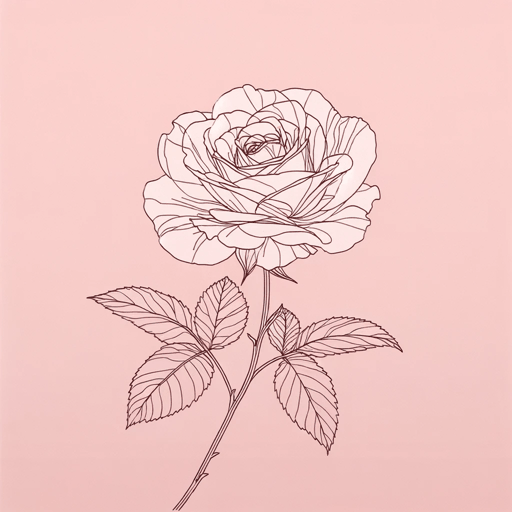
25 pages • 50 minutes read
A modern alternative to SparkNotes and CliffsNotes, SuperSummary offers high-quality Study Guides with detailed chapter summaries and analysis of major themes, characters, and more.
Story Analysis
Character Analysis
Symbols & Motifs
Literary Devices
Important Quotes
Essay Topics
Discussion Questions
The Young Man
The Young Man is the story’s protagonist , a tortured soul who lost Norma, the love of his life, 10 years earlier. King’s portrayal of the young man as an unnamed “everyman” initially misdirects the reader to assume a common humanity with the character based on the experience of young love. The character’s anonymity also emphasizes his ability to disappear into the streets of New York, and contrasts with the specificity of his named love. While the young man is an everyman who turns out to be an individual capable of great evil, Norma is abstracted in the opposite way: She is a specific young woman whose identity is misapplied to all of the young man’s victims.

Don't Miss Out!
Access Study Guide Now
Related Titles
By Stephen King

Stephen King
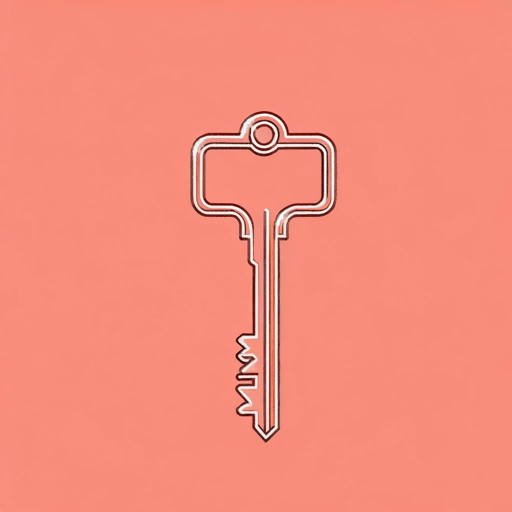
Bag of Bones
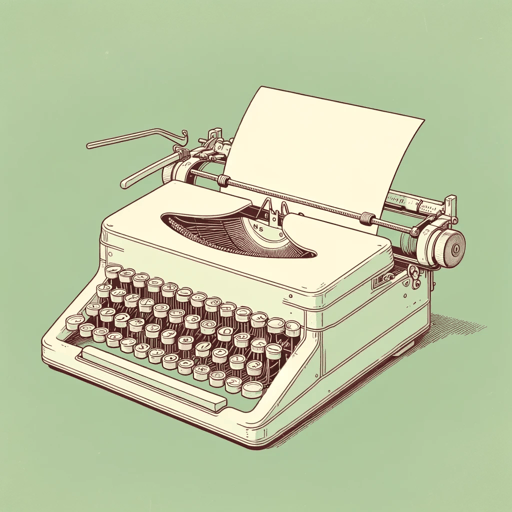
Billy Summers
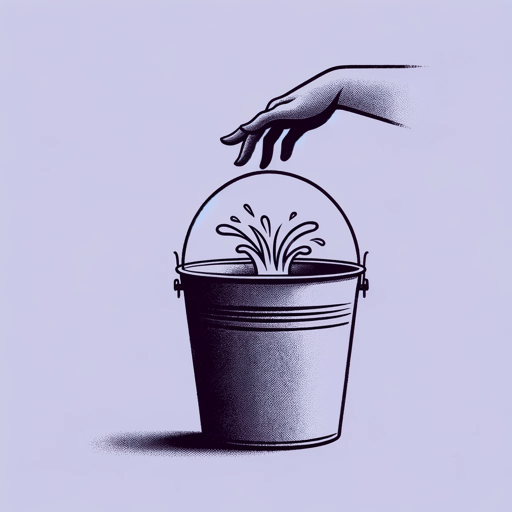
Children of the Corn

Different Seasons
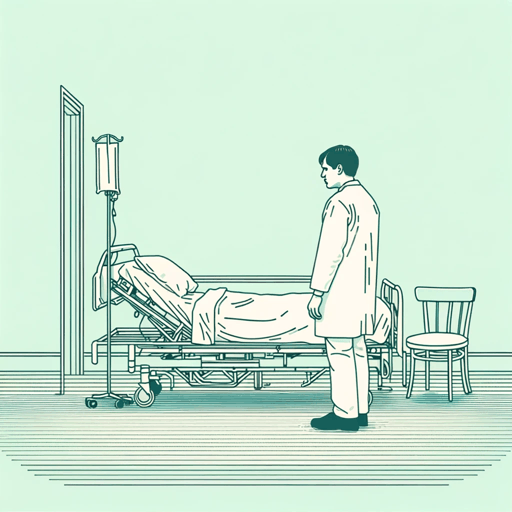
Doctor Sleep
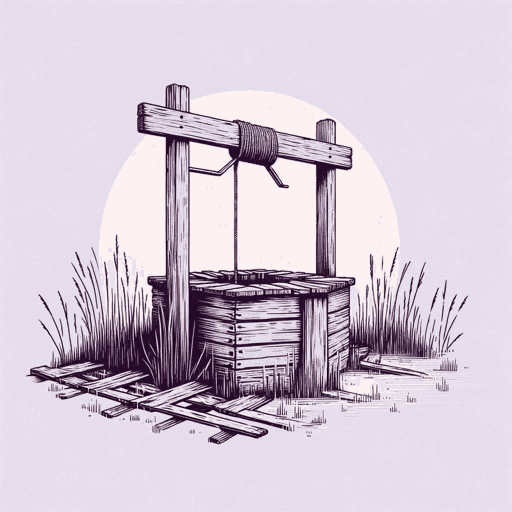
Dolores Claiborne

Elevation: A Novel

End of Watch
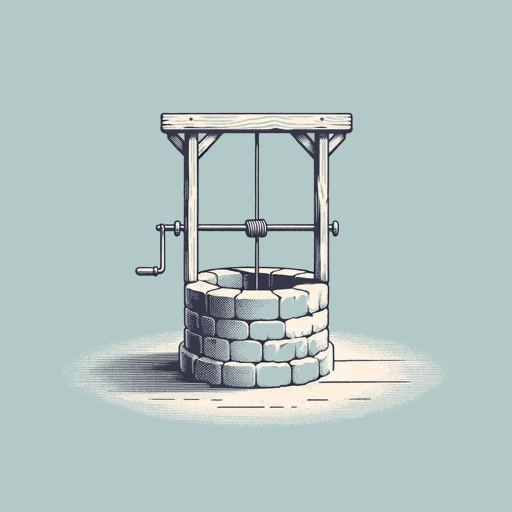
Finders Keepers
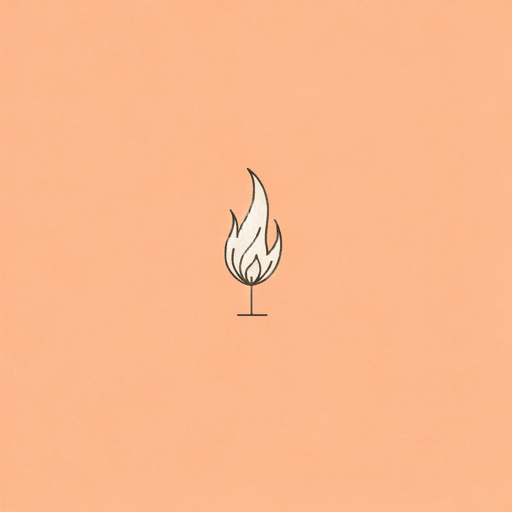
Firestarter

From a Buick 8

Full Dark, No Stars
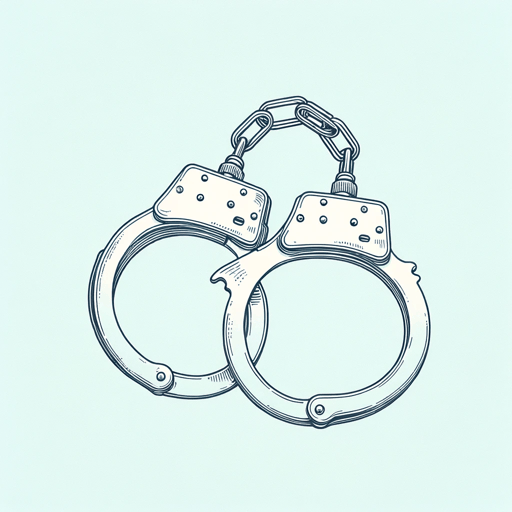
Gerald's Game
Gwendy's Button Box
Stephen King, Richard Chizmar
Featured Collections
Appearance Versus Reality
View Collection
Valentine's Day Reads: The Theme of Love
We will keep fighting for all libraries - stand with us!

Internet Archive Audio

- This Just In
- Grateful Dead
- Old Time Radio
- 78 RPMs and Cylinder Recordings
- Audio Books & Poetry
- Computers, Technology and Science
- Music, Arts & Culture
- News & Public Affairs
- Spirituality & Religion
- Radio News Archive

- Flickr Commons
- Occupy Wall Street Flickr
- NASA Images
- Solar System Collection
- Ames Research Center

- All Software
- Old School Emulation
- MS-DOS Games
- Historical Software
- Classic PC Games
- Software Library
- Kodi Archive and Support File
- Vintage Software
- CD-ROM Software
- CD-ROM Software Library
- Software Sites
- Tucows Software Library
- Shareware CD-ROMs
- Software Capsules Compilation
- CD-ROM Images
- ZX Spectrum
- DOOM Level CD

- Smithsonian Libraries
- FEDLINK (US)
- Lincoln Collection
- American Libraries
- Canadian Libraries
- Universal Library
- Project Gutenberg
- Children's Library
- Biodiversity Heritage Library
- Books by Language
- Additional Collections

- Prelinger Archives
- Democracy Now!
- Occupy Wall Street
- TV NSA Clip Library
- Animation & Cartoons
- Arts & Music
- Computers & Technology
- Cultural & Academic Films
- Ephemeral Films
- Sports Videos
- Videogame Videos
- Youth Media
Search the history of over 866 billion web pages on the Internet.
Mobile Apps
- Wayback Machine (iOS)
- Wayback Machine (Android)
Browser Extensions
Archive-it subscription.
- Explore the Collections
- Build Collections
Save Page Now
Capture a web page as it appears now for use as a trusted citation in the future.
Please enter a valid web address
- Donate Donate icon An illustration of a heart shape
The Man Who Loved Flowers (from the Night Shift collection) by Stephen King
Item preview.
There Is No Preview Available For This Item
This item does not appear to have any files that can be experienced on Archive.org. Please download files in this item to interact with them on your computer. Show all files
Share or Embed This Item
Flag this item for.
- Graphic Violence
- Explicit Sexual Content
- Hate Speech
- Misinformation/Disinformation
- Marketing/Phishing/Advertising
- Misleading/Inaccurate/Missing Metadata
plus-circle Add Review comment Reviews
Download options, in collections.
Uploaded by arkiver2 on December 27, 2017
SIMILAR ITEMS (based on metadata)

IMAGES
COMMENTS
King uses the story's setting to establish The Joy of Young Love and The Brutality of Love Lost.Springtime in New York City evokes the beauty and promise of young love. King employs a third-person omniscient narrator, so readers view the young man at a distance, as through the eyes of passersby. From the old to the young, everyone perceives the protagonist's appearance and demeanor through ...
Two men with beer bellies stood outside a bakery, pitching nickels and ribbing each other. Spring trembled on the edge of summer, and in the city, summer is the season of dreams. The young man passed the flower-stand and the sound of the bad news faded. He hesitated, looked over his shoulder, and thought it over.
The short story "The Man Who Loved Flowers" written by Stephen King has a classic plot structure for a work of thriller fiction, including key foreshadowing elements as well as a plot twist which reveals the protagonist is actually a killer.. The story features the main character (the young man), and several secondary characters (the flower vendor, an old lady, a middle-aged couple, a ...
Get custom essay. "The Man Who Loved Flowers" is politically and socially relevant because of the time the story is set in. Although the story was written in the 1970s, Stephen King decided to focus his story during the 1960s. In this story, he makes historical references to "a little Asian country called Vietnam" and how "the ...
August 1977. "The Man Who Loved Flowers" is a short story by Stephen King, first published in the August 1977 issue of Gallery, and later collected in King's 1978 collection Night Shift. [1] The story revolves around a young man who buys flowers for his love interest, but he is eventually revealed to be a serial killer who went insane after his ...
Thanks for exploring this SuperSummary Study Guide of "The Man Who Loved Flowers" by Stephen King. A modern alternative to SparkNotes and CliffsNotes, SuperSummary offers high-quality Study Guides with detailed chapter summaries and analysis of major themes, characters, and more.
The story "The Man Who Loved Flowers" by Stephen King explores love in a misleading and dark way. At first, the text seems like a romantic story, focusing on the feeling of being in love. All the secondary characters who cross paths with the main character assume he is in love: " She passed on her way, thinking: He's in love .".
The young man in the story who buys flowers turns out to be a serial killer. In the story, buying flowers seems to become part of the man's ritual of finding Norma, a woman who is already dead. He picks women whom he thinks are Norma and kills them. The fact that the man recalls Norma loving flowers and small presents suggests that he is ...
Thanks for exploring this SuperSummary Study Guide of "The Man Who Loved Flowers" by Stephen King. A modern alternative to SparkNotes and CliffsNotes, SuperSummary offers high-quality Study Guides with detailed chapter summaries and analysis of major themes, characters, and more.
Thanks for exploring this SuperSummary Study Guide of "The Man Who Loved Flowers" by Stephen King. A modern alternative to SparkNotes and CliffsNotes, SuperSummary offers high-quality Study Guides with detailed chapter summaries and analysis of major themes, characters, and more.
Analysis. The short story "The Man Who Loved Flowers" written by Stephen King has a structure where tension is constantly rising, culminating in a dramatic climax which also includes a huge plot twist. Several foreshadowing elements hint that the main character is actually a killer. The main character (the young man) is the most important ...
In "The Man Who Loved Flowers", King gives us a very specific time setting; in this case being 1963. For the story and also decides to set his short story in the springtime, knowing that in most stories and films there is a connection with spring and summer love. Because Stephen King wants his audience to feel warmth and happiness for most ...
Assignment 1: Essay on Stephen King: The Man Who Loved Flowers, 1977 Write an essay in which you analyse and interpret The Man Who Loved Flowers by Stephen King. A part of your essay must focus on symbolism and the mood of the story (which we have been working a great deal with during class). ... "/"My thesis statement is…". Instead ...
A minor tension point is introduced when the young man passes the flower vendor: "…the sound of the bad news faded. He hesitated, looked over his shoulder, and thought it over. […] For a moment his face seemed puzzled, lonely, almost haunted...". In the same passage, there is a reference to the ma…. The text shown above is just an ...
The Man Who Loved Flowers. Thomas Mahoney 2-15-13 ENG 112 The Man Who Loved Flowers This story starts out in a very peaceful innocent setting, in New York City. There is a sense of love in the air, and the smell of spring. There is a man walking along the streets in a gray streets turning everyones attention because then can tell he is happy ...
Summary. "The Man Who Loved Flowers" by Stephen King follows a well-dressed young man walking through the streets of New York in the spring of 1963. He passes by an old lady who thinks he looks like he is in love and calls him beautiful. He waves at her, smiling. An old flower vendor listens to the radio next to his cart.
The Man Who Loved Flowers. (Genre) The text is a... Click the card to flip 👆. short story. Click the card to flip 👆. 1 / 13.
In this podcast he reviews "The Man Who Loved Flowers" and looks back at all the short stories from Night Shift! Access-restricted-item true Addeddate 2017-12-27 17:13:59 Artist Venganza Media Inc. External-identifier urn:itunes_adam:319860894 Identifier podcast_books-nachos_the-man-who-loved-flowers-fro_319860894 ...
Assignment 1: Essay on Stephen King: The Man Who Loved Flowers, 1977 Write an essay in which you analyse and interpret The Man Who Loved Flowers by Stephen King. A part of your essay must focus on symbolism and the mood of the story (which we have been working a great deal with during class).
The color of the man's suit. Gray. The flowers the man buys. Roses. The weapon the man uses to kill the women. Hammer. Study with Quizlet and memorize flashcards containing terms like Setting, The name the man uses when he addresses women?, The color of the man's suit and more.
Time and physical setting. Stephen King's short story "The Man Who Loved Flowers" takes place in 1963, in New York, during a beautiful spring evening. We get these details in the very first sentences of the story: On an early evening in May of 1963, a young man with his hand in his pocket walked briskly up New York's Third Avenue.